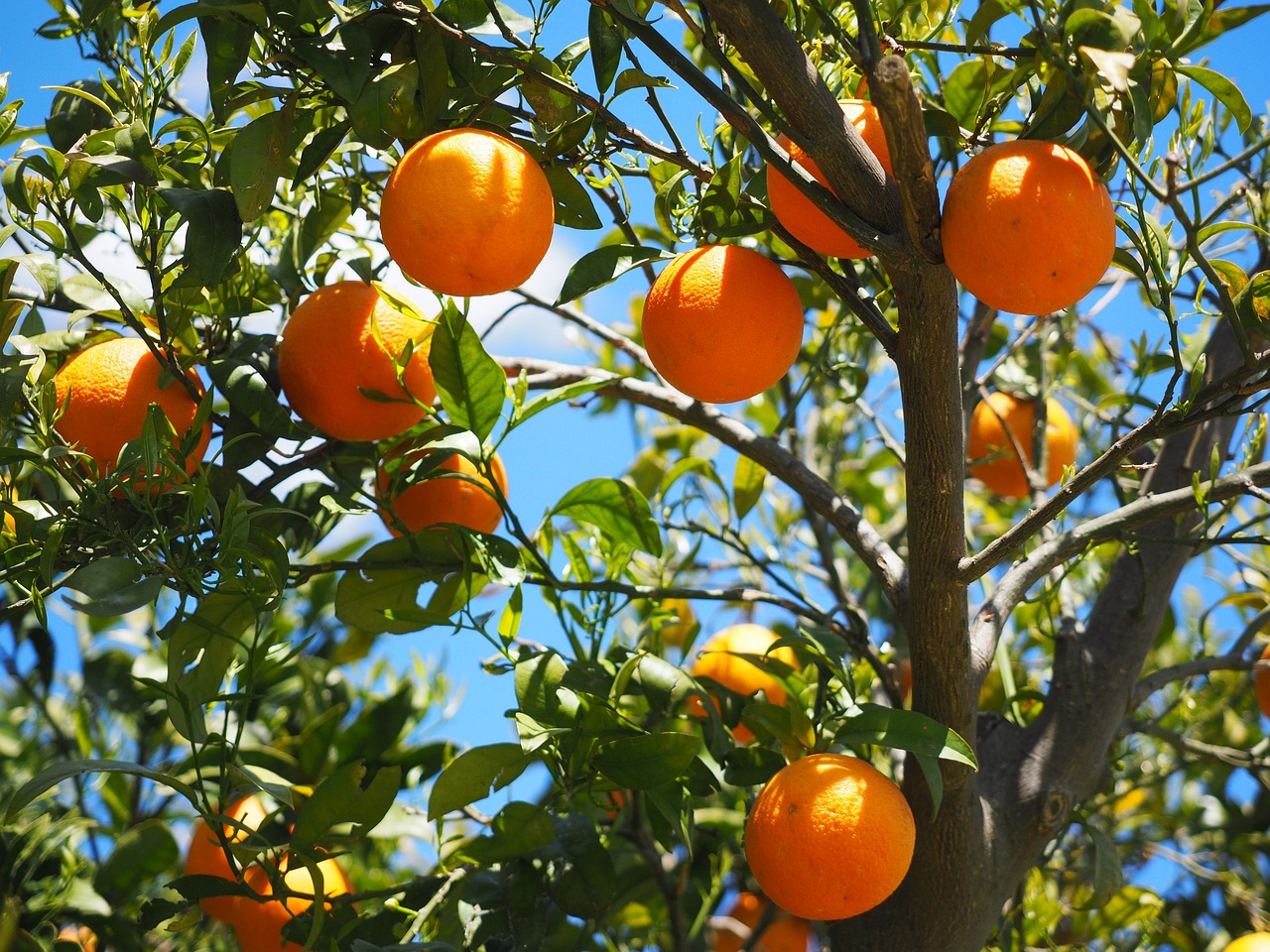In the agricultural industry for example there has been a labour problem because they cannot find enough workers. The agricultural industry has often been struggling with labour shortages as farming enterprises struggle to find workers for harvesting and processing. A problem that got even worse during the COVID-19 pandemic. Technology has been able to offer an answer to these challenges, starting to play a pivotal role in enhancing the food production that feeds the whole world. Let’s take a closer look.
Automating Agriculture: Robots and Logistics
Though some may fear that robots can increasingly replace roles previously covered by humans, their impact on farming has been overwhelmingly positive, both increasing productivity and ensuring workers’ safety. For instance, Tortuga Agtech has developed robots capable of identifying and harvesting ripe fruits. Harvest CRO's creation efficiently picks strawberries, removes leaves, and packs the fruit. Even the delicate lettuce sector has witnessed innovations like Cambridge University's "Vegebot," which employs machine learning for precision tasks. E-TERRY in Germany has pioneered a robotic carrier system tailored for agricultural needs. This innovation involves gathering and overseeing field-level data while also automating targeted tasks like managing weeds and pests. These instances underscore the transformative influence of robotics on agriculture.

Revolutionizing Distribution
Technology's influence extends to the efficient distribution of food across states and nations. Innovations abound, from virtual inventories to sensors, visual aids, and robotics in warehouse monitoring, aiming to improve food-supply chain issues. Autonomous vehicles that don't require drivers for deliveries have the potential to enhance efficiency, diminish delivery times, and reduce transportation-related emissions. For example, “robots operated by Starship Technologies have completed more than two million deliveries and are dropping off dinner on four-dozen college campuses and along sidewalks in communities like Modesto, California”(1). While challenges such as temperature control, contamination, and vehicle reliability persist, this innovative approach underscores the fusion of technology with the agricultural industry.
Consumer Behaviour in the Digital Era
Consider your weekly habits: How often do you order from your favourite restaurant? How frequently do you visit supermarkets? Alternatively, do you opt for online grocery shopping, a trend embraced by many who prefer convenience to overcrowded aisles and heavy bags? These questions highlight the evolving consumer-food relationship shaped by technology. However, an alternative perspective reveals potential downsides, such as unhealthy diets resulting from increased reliance on takeout and delivery services. Additionally, the proliferation of delivery options could disadvantage businesses lacking the means to compete, potentially driving them out of the industry.
Varda: the meaning of transparency
At Varda, we focus on interoperability and transparency within the food and beverage supply chain. In the era of globalization, the potential exists to comprehensively trace product data, contingent on integrated digital farming tools and data collection systems.The growing demand for sustainable options emphasizes the need for a shared "language" that allows to track and share data effectively, such a network of information can benefit the whole food supply chain, ag input manufacturers, ag distributers and farmers, all the way down to supermarkets, food companies and consumers. .
In conclusion, technology's imprint on the food industry is multifaceted, spanning from robotic innovation, altered consumer behaviour, to heightened transparency. Navigating this intersection between technology and the agricultural world demands a balanced approach, harnessing its potential for the greater good. This is where Global FieldID has a catalysing effect. Addressing data fragmentation in agriculture, our product tackles the lack of common standards for indexing farm-generated data. This addresses not only transparency but also traceability. Through Global FieldID platform, individual fields receive unique alphanumeric codes, enabling precise identification of agricultural parcels, globally. This service benefits stakeholders in the ag and food industry. From consolidating diverse data sources to enhancing interactions and bolstering traceability, Global FieldID stands at the forefront of driving agricultural technology's transformation to a more equitable and nature- positive food system.
What is SoilHive?
Discover more about our other service SoilHive and how it can revolutionize collaboration in the Food & Ag industry and enhance soil data accessibility. Explore more at:




